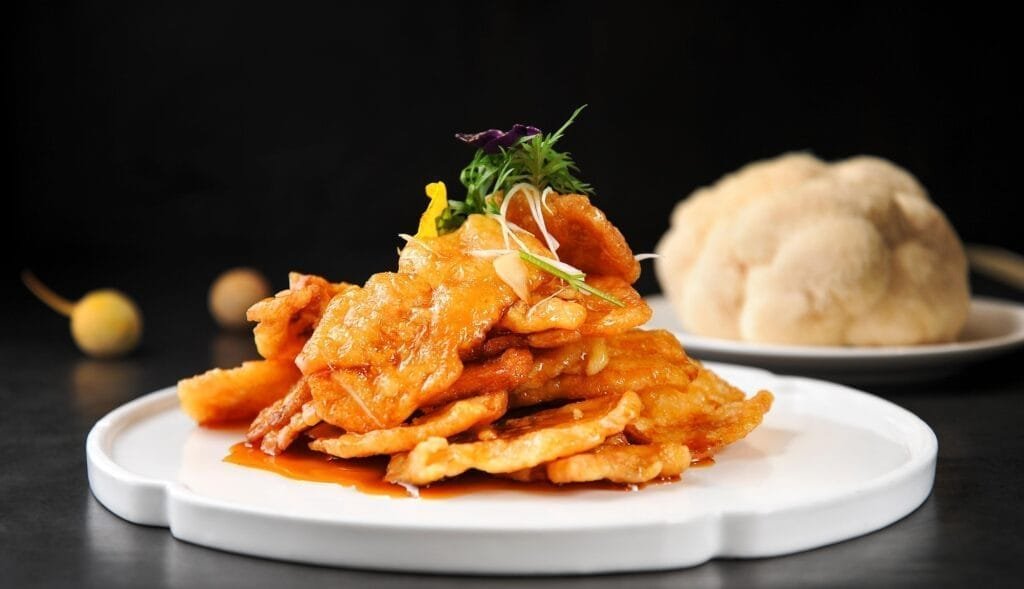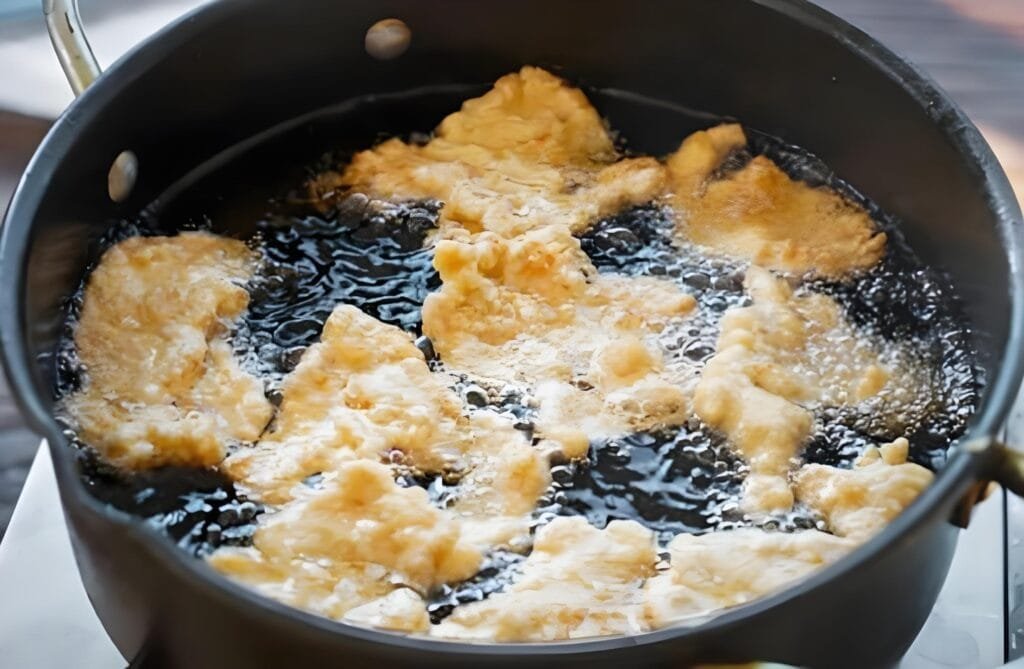GOURMET TALES
Discover Delicious Chinese Cuisine & BBQ Recipes | Pandaemo > GOURMET TALES > The Story of Guo Bao Rou: From a Hometown Delight to a New Favorite on American Tables
The Story of Guo Bao Rou: From a Hometown Delight to a New Favorite on American Tables
- November 17, 2024
- Posted by: guanliyuan
No Comments

In Northeast China, “Guo Bao Rou” is a well-known dish that captivates countless food lovers with its crispy exterior and sweet-and-sour flavor. For American friends trying it for the first time, it might remind them of an upgraded version of “sweet and sour pork,” but the culture and story behind it are even more fascinating.
Guo Bao Rou’s origins trace back to the late Qing Dynasty, created by a chef to suit the taste preferences of foreign guests at a banquet. The original sweet and sour pork was modified with more seasoning and cooking techniques, making this dish uniquely flavorful. Today, it’s not just a staple for family gatherings in Northeast China but is also finding its way onto dining tables around the world.
The process of making Guo Bao Rou is not complicated, but achieving that perfect crispy-on-the-outside, tender-on-the-inside texture requires some skill. Thin slices of lean pork are coated in a starch batter and fried, then quickly tossed in a tangy sweet-and-sour sauce. One of the most entertaining challenges for first-timers is controlling the oil temperature and the thickness of the coating.
An American food enthusiast shared: “The first time I tried Guo Bao Rou, I was amazed by the balance of sweet and sour flavors. The crispiness and rich taste captured my heart instantly. Now, it has become a staple dish at our family weekend dinners, enjoyed by everyone.”


Guo Bao Rou is more than just a dish; it carries memories and warmth from home. For many Chinese living abroad, each bite brings back memories of dining with family around a cozy table. For American friends, trying this dish often evokes a sense of cultural connection and understanding—food truly becomes a bridge between cultures.
